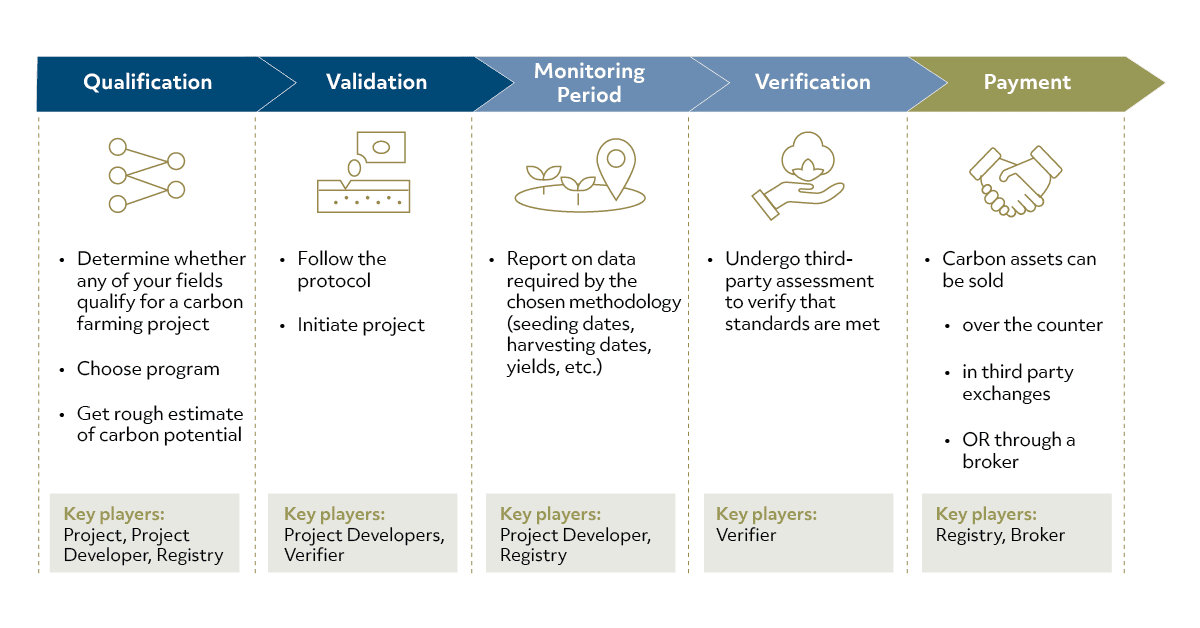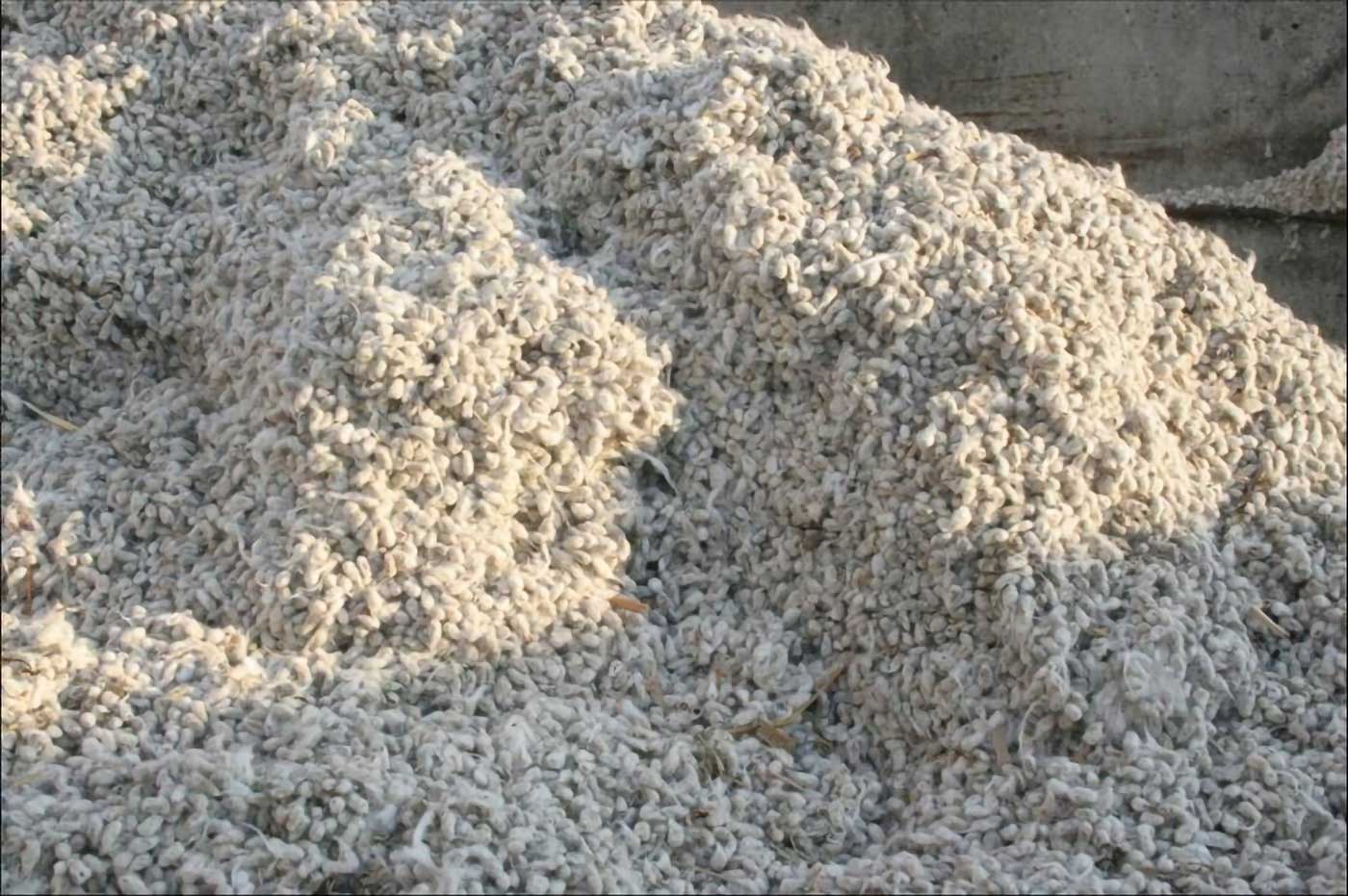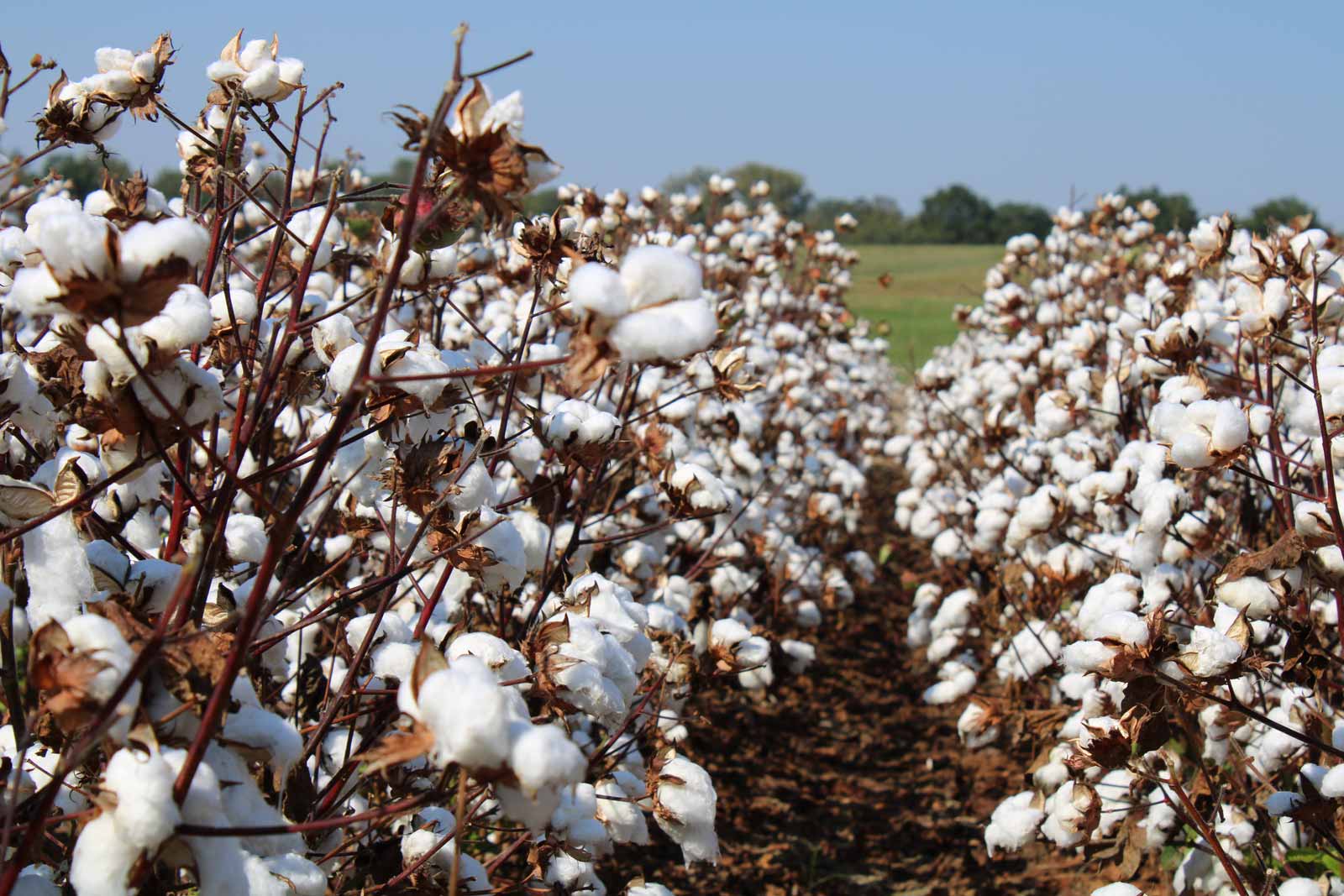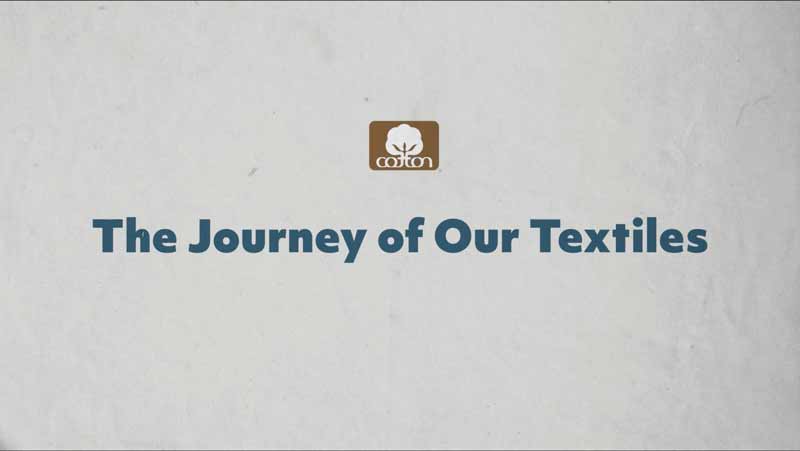Carbon markets are rapidly emerging as a way to incentivize cotton producers to continuously adopt more conservation agriculture practices as well as providing companies and countries options to reach their greenhouse gas emission (GHG) reduction targets. Carbon markets work by establishing projects that create verified reductions in GHGs which are translated into carbon dioxide equivalents (CO2e), creating carbon credits. With this in mind, growers may start to view carbon credits as another commodity, just like the cotton itself.
Cotton, like all plants, is efficient at removing CO2 from the atmosphere and storing it in both the soil and fiber – and through growing techniques like precision fertilization, utilizing cover crops and no-till soil management, this CO2 storage capacity is only increasing. The carbon market framework can incentivize both growers who have adopted these practices and those who are considering implementation. Growers who’ve already adopted these practices can take advantage of this opportunity by expanding their sustainable growing practices to additional acres. Growers who have yet to adopt these methods may be incentivized to consider these new innovative climate smart practices.
Currently, we have identified at least seven fully launched programs, and another eight in development. Cotton Incorporated worked with the Soil and Water Outcomes Fund in 2021, engaging innovative cotton producers in North Carolina interested in participating in the evolving carbon marketplace. The pilot program engaged two cotton producers who implemented practice changes on their operations and generated positive environmental outcomes for both soil and water quality. The trial enrolled two producers with 414 acres over nine fields. The producers participating in this pilot program implemented no-till, nutrient management, and cover crops which resulted in a reduction of 130 metric tons of CO2e and were paid directly for the carbon reduction. Programs such as the Soil and Water Outcome Fund can de-risk practice changes for the growers which may catalyze the adoption of climate smart practices across the cotton belt.
At Cotton Incorporated, we are committed to providing growers with the resources needed to take advantage of these emerging carbon market opportunities. In addition to our work supporting growers through research on more sustainable growing practices, we’ve also collaborated with the National Cotton Council of America to help inform and guide growers through the exploration process.
In these resources, growers can learn more about how carbon markets work, what questions they should be asking, and, as demonstrated by the graphic below, what the overall process could entail.

As carbon markets continue to develop and become more prevalent, growers should explore the opportunity to ensure they find the opportunity that makes sense for them. But as with any new and developing opportunity, growers need accurate information in order to make decisions that are best for their operation. At Cotton Incorporated, we’re working to help provide that information as well as continuing to monitor, research and evaluate this emerging market so we can help growers profit from the sustainability benefits of cotton production.

Steven Pires, Manager, Sustainability



